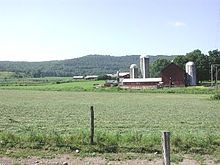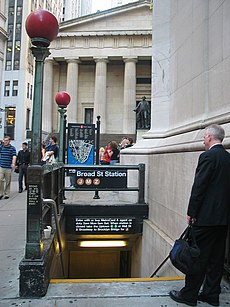
Climate
The climate of New York State is broadly representative of the humid continental type, which prevails in the northeastern United States, but its diversity is not usually encountered within an area of comparable size. Masses of cold, dry air frequently arrive from the northern interior of the continent. Prevailing winds from the south and southwest transport warm, humid air, which has been conditioned by the Gulf of Mexico and adjacent subtropical waters. These two air masses provide the dominant continental characteristics of the climate. A third great air mass flows inland from the North Atlantic Ocean and produces cool, cloudy, and damp weather conditions.
State parks
New York has many state parks and two major forest preserves. Adirondack Park, roughly the size of the state of Vermont and the largest state park in the United States, was established in 1892 and given state constitutional protection in 1894. The thinking that lead to the creation of the Park first appeared in George Perkins Marsh's Man and Nature, published in 1864. Marsh argued that deforestation could lead to desertification; referring to the clearing of once-lush lands surrounding the Mediterranean, he asserted "the operation of causes set in action by man has brought the face of the earth to a desolation almost as complete as that of the moon."
As of 2006, New York was the third largest state in population after California and Texas, with an estimated population of 19,306,183.
New York is a major agricultural producer, ranking among the top five states for agricultural products including dairy, apples, cherries, cabbage, potatoes, onions, maple syrup and many others. The state is the largest producer of cabbage in the U.S.
New York City is home to the most complex and extensive transportation network in the United States, with more than 12,000 iconic yellow cabs, 120,000 daily bicyclists, a massive subway system, bus and railroad systems, immense airports, landmark bridges and tunnels, ferry service and even an aerial commuter tramway.
New York's capital is Albany. The state's subordinate political units are its 62 counties. Other officially incorporated governmental units are towns, cities, and villages. New York has more than 4,200 local governments that take one of these forms. About 52% of all revenue raised by local governments in the state is raised solely by the government of New York City, which is the largest municipal government in the United States.
Source: http://en.wikipedia.org/wiki/New_York







No comments:
Post a Comment